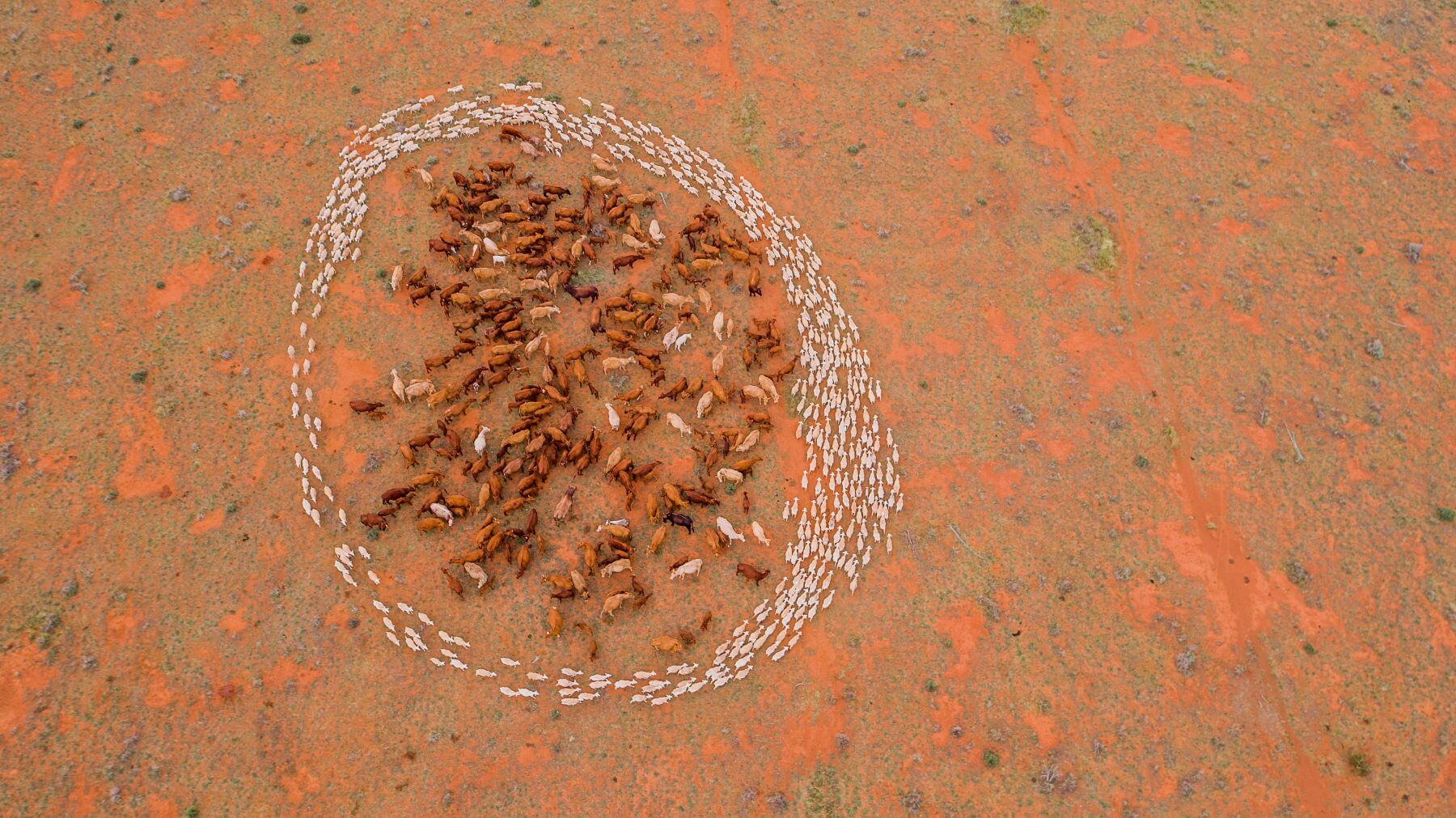The Australian Beef Market in 2025: An Absolute Cracker
In this column in July, the StoneX H2 2025 Australian Cattle & Beef Market Outlook’s bold calls were analysed and assessed for what the final 6...

As we have entered winter the Meat & Livestock Australia (MLA) Heavy Lamb Indicator as surged past $10 on a carcass weight basis as processors scramble for limited supply.
At the time of writing the MLA Heavy Lamb is sitting at 1055 c/kg cwt, a record price level for this category of lamb and significantly ahead of the equivalent cattle indicator, the MLA Heavy Steer. The Heavy Steer indicator is sitting at 693 c/kg on a carcass weight basis.

As the price chart highlights it is not uncommon to see the MLA Heavy Lamb running at a price premium to the MLA Heavy Steer, but it begs the question is the current premium spread at record levels too with the MLA Heavy Lamb hitting record price peaks during June 2025?
On a percentage spread basis the MLA Heavy Lamb has seen an expansion in the premium since April 2025, rising from a 15% premium in early April to a 52% premium last week. However, as the historic weekly spread chart highlights the premium has been higher than this several times over the past few decades.
Indeed, the percentage spread has been as high as an 83% premium during August of 2018 and has extended beyond a 60% premium about eight times since the early 2000s. A quick glance at the trend in the spread since the early 2000s shows that it can range from a 20% discount to a 70% premium depending upon the time in the season and the long term average spread sits at around a 20% premium.

A look at the spread over the annual season shows that there is a level of seasonality to the price behaviour between the Heavy Lamb and Heavy Steer, likely due to the differences in supply for lambs and steers through winter and spring. Generally speaking it is not uncommon to see the premium spread expand during autumn and often peaks in winter as the supply of heavy lambs tightens, as demonstrated by the average seasonal spread pattern (black dotted line).

The flush of lambs in spring, which includes a lift in heavy lamb numbers, begins to put pressure on the premium spread often pushing it towards its seasonal low point during late November/early December, as demonstrated by the seasonal trend in the average spread.
Given the historic range in the spread between Heavy Lambs and Heavy Steers and the seasonal aspect of the spread trend there probably isn’t a lot of upside left in the spread for this season and should start to see a narrowing of the premium as we progress toward the spring flush.
Matt Dalgleish is a director of Episode3.net and co-host of the Agwatchers podcast.
.jpg)
In this column in July, the StoneX H2 2025 Australian Cattle & Beef Market Outlook’s bold calls were analysed and assessed for what the final 6...
.png)
Each December we save the last article of the year for a bit of a crystal ball gaze, as we try to bring together market fundamentals and work out...
.png)
Australia’s wool market posted another strong performance this week, with all micron categories attracting solid support across the three selling...